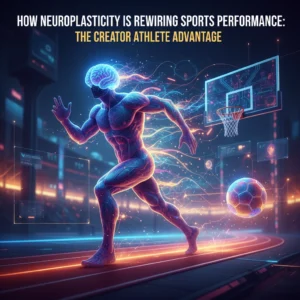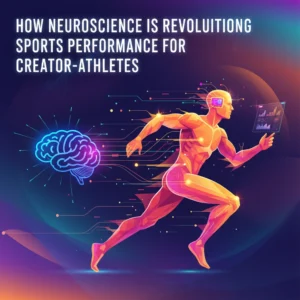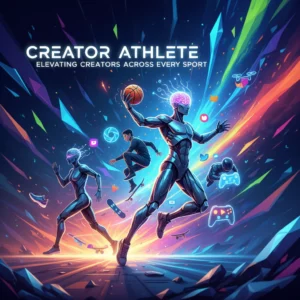From Social Star to Elite Athlete: How Content Creators Are Disrupting Professional Sports

The Content Revolution in Sports Media
In the last decade, the way we consume sports has changed forever. Gone are the days when TV networks and cable broadcasters held a monopoly over sports content. Now, individual creators—armed with nothing but a camera, a personality, and an internet connection—regularly outshine traditional sports broadcasts with their reach, creativity, and influence.
You only need to glance at recent viral moments to see where the power lies. When professional golfer Bryson DeChambeau released a YouTube video featuring Donald Trump, the clip racked up 13 million views almost overnight, soaring to the very top of YouTube’s trending chart. For context, that’s nearly four times the audience of a major championship broadcast that same weekend. This kind of engagement isn’t an outlier any longer; it’s a clear signal that the attention economy in sports has flipped.
So, what’s behind this trend? Creator-driven content provides fans with something traditional institutions struggle to deliver: authenticity, experimentation, and a chance to see their favorite athletes as real people. Creators aren’t tethered by broadcast schedules or old-school formats—they mix entertainment, education, and behind-the-scenes storytelling, creating an immersive, community-oriented experience that resonates with today’s audience.
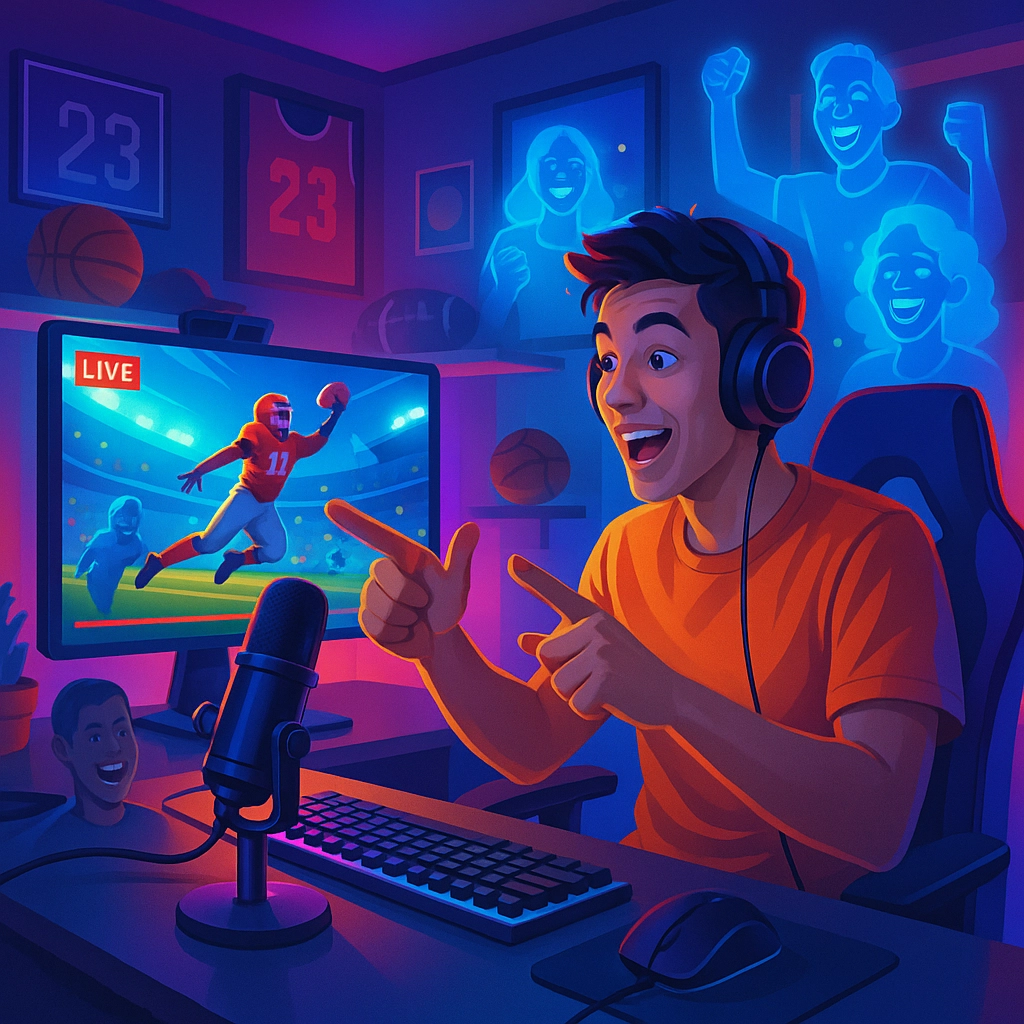
The Influencer-Athlete Ecosystem
Sport isn’t just about what happens on the field anymore—it’s about the stories, personalities, and digital communities that orbit every play and moment. Social media influencers and content creators now serve as powerful middlemen, bridging the gap between athletes, fans, teams, and brands.
Consider how much more personal and candid modern sports content is. Influencers offer fans a front-row seat to training sessions, locker room banter, and day-in-the-life vlogs—breaking down the barrier between pros and the people cheering them on. The result? Tighter fan communities, more interactive online experiences, and new opportunities for engagement that would be impossible within the sterile boundaries of traditional media.
This evolution hasn’t just raised the bar for access—it’s forged a new kind of relationship. Many influencers reach audience segments that traditional athlete endorsements never could, winning over engaged niche communities in areas like wellness, women’s sports, or adaptive athletics. For brands, it’s a goldmine: they can collaborate with content creators to tap into hyper-loyal followings that trust and engage in authentic ways, boosting their credibility and reach.
Athletes as Content Creators
Once upon a time, a pro athlete’s off-season hobby might have been golf. Now it’s more likely to be content creation. We’re seeing a steady rise of athletes who are turning the camera on themselves—sometimes during their careers, sometimes afterward—and building media brands with real staying power.
Athletes understand that their window to shine on the field is limited, but the opportunity to build a digital legacy stretches far beyond their playing days. From workout routines to cultural commentary, from mental health advocacy to entrepreneurial advice, these athlete-creators bring unique stories to their fans and monetize their personal brands on their own terms.
Consider the rise of “edutainers”: athletes and analysts who blend instruction, entertainment, and storytelling, cultivating their own community of super-fans. Whether it’s NBA stars breaking down highlights from their own games, Olympians hosting Q&As on Instagram Live, or retired legends launching podcasts about life after sports, these creators unlock new levels of transparency and access.
But this new digital hustle comes with its own set of challenges. Balancing content creation, authenticity, and brand partnerships alongside elite training and competition can be a grind. The best thrive by keeping it real—sharing missteps, motivations, and unfiltered moments that fans crave in the TikTok age.
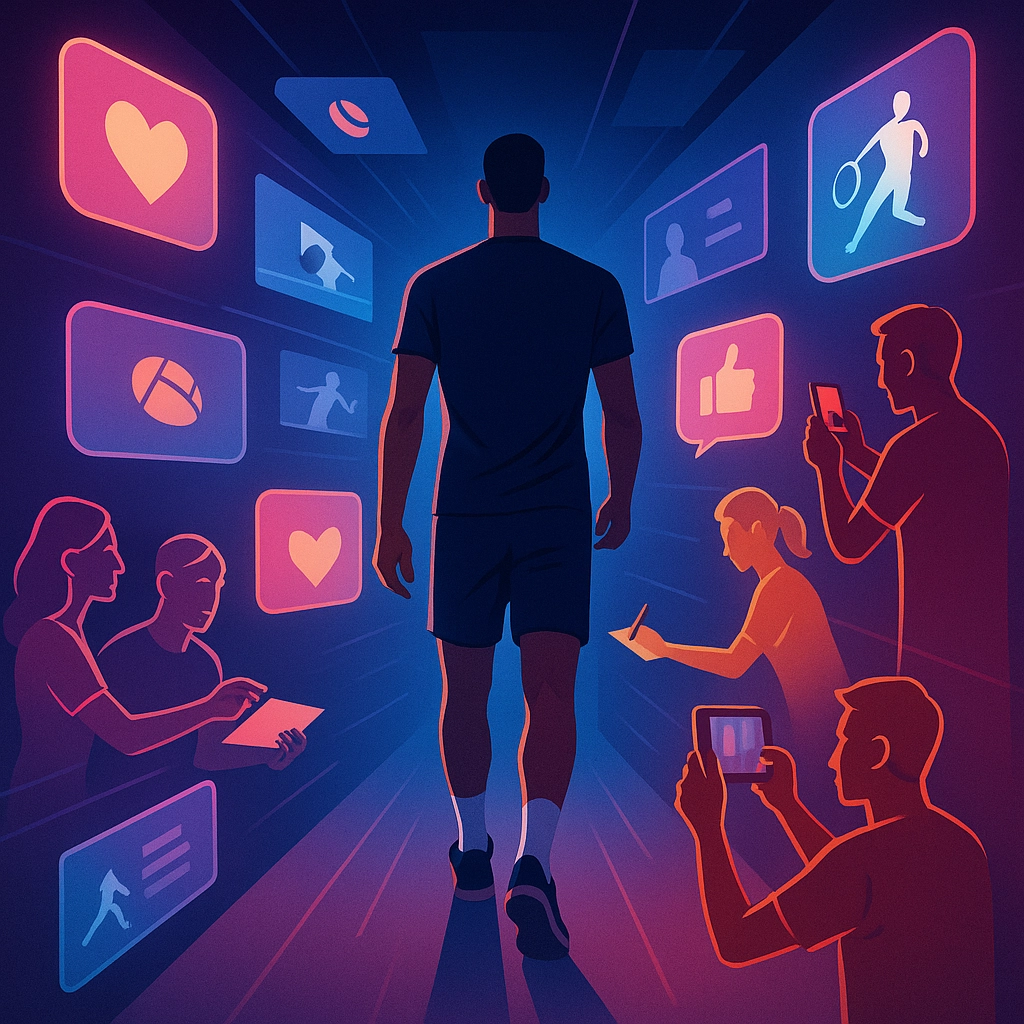
Business Model Disruption
Traditional sports business models have always relied heavily on broadcast media licensing. For decades, major leagues like the NFL and NBA generated well over half their revenues through TV deals—67% for the NFL, 54% for the NBA. That gravy train is slowing.
Digital creators are rewriting the playbook in two game-changing ways. First, they’re siphoning attention away from appointment-viewing TV and driving it towards bite-sized, bingeable, and on-demand highlights. Second, they’re leveraging direct-to-consumer models, where fans subscribe, tip, or buy merchandise straight from their favorite creators—no network middleman needed.
Startups are moving just as fast. Digital-first platforms such as DAZN, FuboTV, and Buzzer deliver high-quality livestreams and exclusive content, sometimes focusing on underserved sports or youth competitions. Even the smallest leagues and niche communities now have media homes online, finding new fans across the globe thanks to savvy content marketing.
What’s more, this new landscape democratizes opportunity. Independent creators can cover sports “their way” and build real businesses, allowing up-and-coming athletes and alternative sports to finally get the spotlight they deserve.
Competitive Landscape and Market Saturation
Here’s the flip side: as content creation explodes, the space is getting crowded. Elite athletes, entertainers, and amateur creators are all chasing viewers, sponsorships, and relevance in the same feeds. The race for mindshare is on.
For athletes, that means pushing beyond traditional “highlight reels” and thinking like entrepreneurs—connecting with fans on a deeper, more personal level, and building sustainable brands that outlast their playing careers. Authenticity is the secret weapon. Audiences want creators who are genuine, vulnerable, and credible—sometimes even more than they want polished skills or production values.
It’s easy to be overwhelmed by the sheer noise, but the most successful athletes are carving out niches. Some focus on explaining the game, demystifying training, or championing causes off the field, which helps them stand apart from generic entertainment channels.
The trick? Stay strategic, adapt to feedback, and remember that consistency matters. Brands and sponsors love loyal, engaged communities—and those don’t happen overnight.
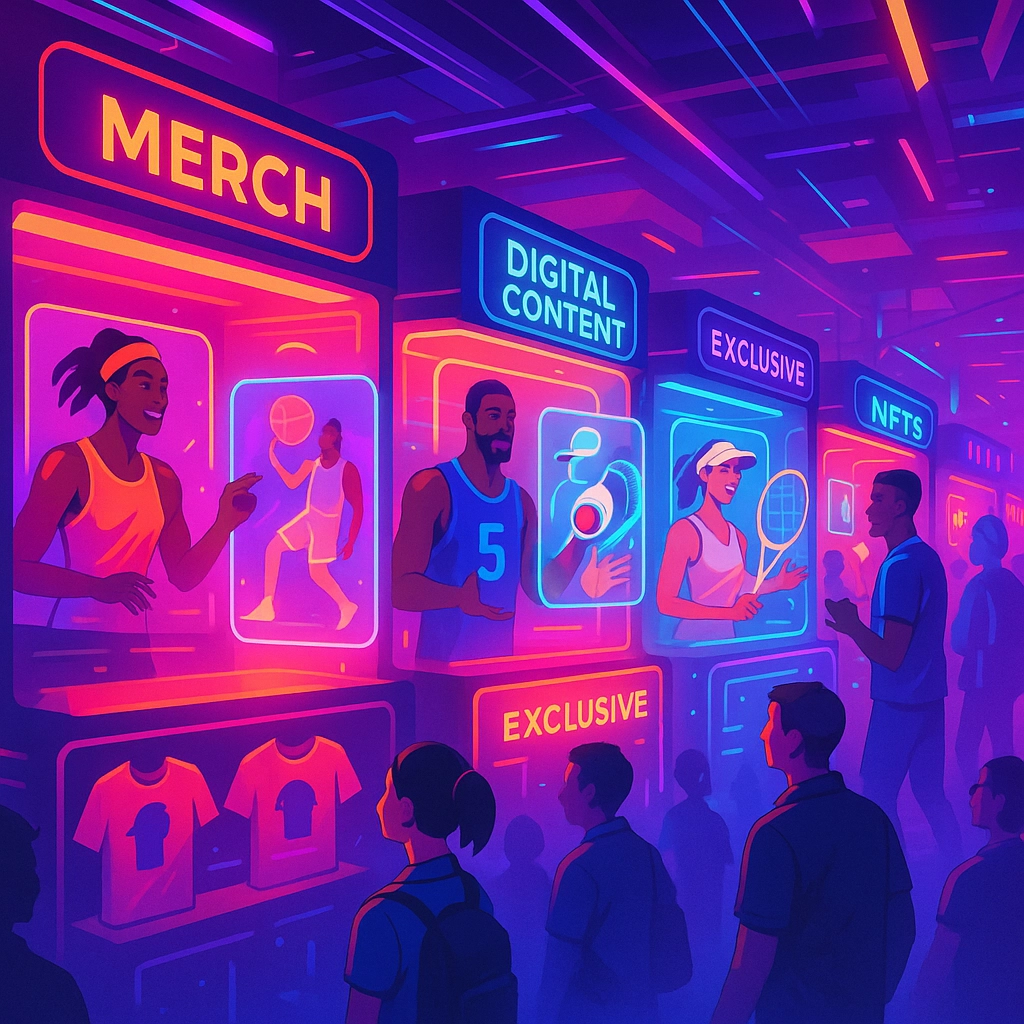
Future Implications
The disruption in sports isn’t just a passing trend—it reflects deeper shifts in how people want to interact with media, sports, and each other. Fans don’t just want to watch games. They want to participate in the story, talk back to their heroes, and share in the victories and setbacks along the way.
New technologies and platforms will keep changing the playing field. Interactive viewing, personalized content, and social commentary are becoming part of the standard fan experience. Teams and leagues that jump in early to provide behind-the-scenes footage, exclusive streams, and direct channels for fan input will build the next generation of sporting legacies.
Ultimately, the greatest opportunity lies in connection—helping athletes break free from institutional constraints and empowering them to own their stories, build meaningful brands, and foster real relationships with their communities.
If you’re an athlete, creator, or brand wanting to understand how to thrive in this changing landscape, the team at Creator Athlete can help you strategize, monetize, and build genuine digital influence. Want to talk? Drop us a line at creator-athlete.com/contact.
The revolution in sports media isn’t just coming—it’s here, and the playbook is wide open.


